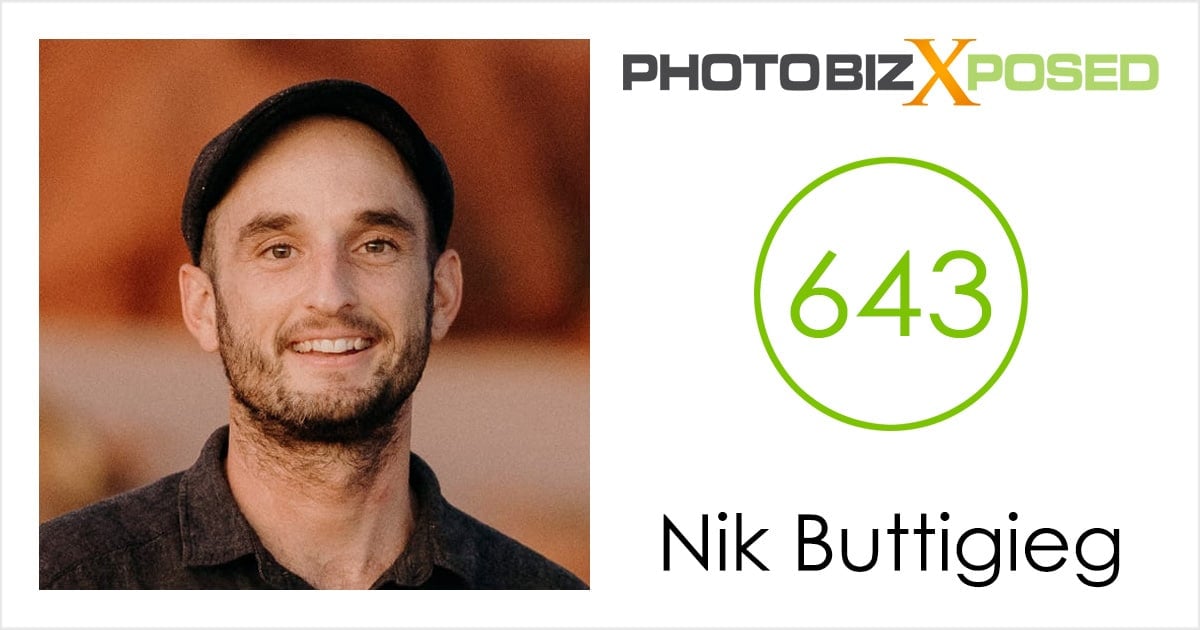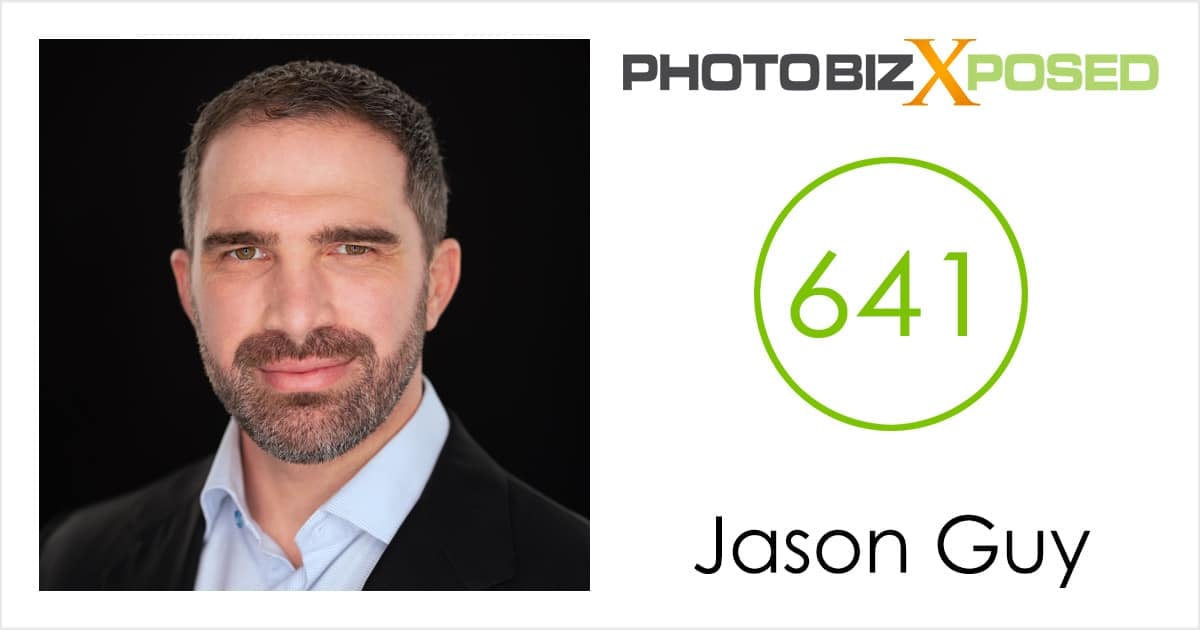Premium Members, click here to access this interview in the premium area.
Daniel Usenko of Pixellu, the company behind SmartAlbums and now SmartSlides has been shooting weddings for over 10 years and and co-founded Pixellu to build SmartAlbums in 2012. He continues to shoot today and I'm rapt to be able to interview him for this bonus episode prior to the release of the latest and hopefully the greatest slideshow software for working photographers.
The average time to make a slideshow with SmartSlides from start to finish is only 12 minutes! – Daniel Usenko
Daniel was born and raised in the Republic of Abkhazia, a small country on the coast of the Black Sea just south of Russia. When he was seven, a civil war broke out and his family were poverty stricken – they lost everything. After years of poverty, they moved to the States and judging by what he's built and achieved since, Daniel is a complete success.
He's been shooting weddings for over 10 years and and co-founded Pixelu to build smart albums in 2012. He still shoots today and I'm rapt to have him with us now.

Some more about Pixellu, the Team and SmartSlides
Pixellu was founded by 2 photographers in 2012. Daniel has been doing videography or photography for the past 15 years, and they have several other experienced photographers on their team. They think their experience is their strength because they can relate to other photographers when creating software tools such as SmartAlbums (SA) and SmartSlides (SS).
EASE OF USE
The goal with both apps, SA and SS, was to simplify a previously-complicated process. We spent most of our time asking ourselves – how can we make this easy. We are proud to say that so far, according to our backend data, the average time to make a slideshow with SmartSlides from start to finish is only 12 minutes! This includes uploading images and choosing music. What makes this even more impressive is that 90% of data is coming from first-time users, who have never used the app before.
PRESENTATION
Instead of using a video player (like Animoto, for example), we use an HTML5 player. Why? Because video compression ruins image quality, which is a no-no for professional photographers. The HTML5 player allows us to show images at great quality, and even display images at 4k on retina displays (such as MacBook Pro). And of course, our slideshows work great on mobile too.
MUSIC
With music for slideshows, there were several issues. On the one hand, licensing music is expensive ($50+ a track, per use). On the other hand, using unlicensed music is illegal and is essentially stealing from fellow artists. And royalty-free music simply sucks. Even for apps that connect to services like Triple Scoop Music, it may take hours to find a quality track. So here's what we did:
- Partnered with Marmoset, considered by many the #1 provider of world-class music for creatives
- Went through their entire library (took hundreds of hours, literally) and selected only the best tracks. Our track-list is highly curated, so that photographers don't have to spend time sifting through low-quality tracks
- At the end of each slideshow we give credit to the musicians, so that photographers can feel proud to properly credit their fellow artists – musicians
- And of course, photographers can upload their own music too
MISCELLANEOUS
- Ability to embed the slideshow on their own website
- Ability to use a custom domain. So that, for example, the URL to the slideshow is something like slideshows.danielusenko.com/wedding123
- Social share links for easy sharing
- Ability to add your own logo
WHAT'S NEXT?
- More ‘themes', especially white-background themes
- More music choices
- “Download video” feature
- Gives ability to photographers to sell the slideshow to the client; extra revenue
- Continual polishing, removing bugs, and improvements based on feedback from users
What is your big takeaway?
Following this interview, I’d love to know if you're taking anything away from what Daniel shared. Is there something you heard that excited or motivated you to the point where you thought, yeah, I'm going to do that! If so, let me know by leaving your thoughts in the comments below, let me know what your takeaways were, what you plan to implement in your business as a result of what you heard in todays episode.
If you have any questions that I missed, a specific question you’d like to ask Daniel or if you just want to say thanks for coming on the show, feel free to add them in the comments area below.
Links to people, places and things mentioned in this episode:
Pixellu SmartAlbums on Facebook
Julia – Sasha – sample SmartSlides
Photos by Zoe – SmartSlides Portrait session sample
Bailey Josues Wedding SmartSlides Wedding session sample

Thank you!
Thanks again for listening and thanks to Daniel for coming on and sharing his thoughts and ideas about the exciting new piece of software.
If you have any suggestions, comments or questions about this episode, please be sure to leave them below in the comment section of this post, and if you liked the episode, please share it using the social media buttons you see at the bottom of the post!
That’s it for me this week, hope everything is going well for you in life and business!
Thanks and speak soon
Andrew




I have just listened and thoroughly enjoyed the podcast.
You weren’t kidding about how quickly and simple this is to use yet also looks so damn good!
Question one… With regards to SEO, what can I do to maximise the SEO potential of the slideshow, is there any features on the slideshow that can help with this? Secondly, I may have missed this but… what Lightroom settings would you suggest I export the images to be used for the slideshow.
Thanks. I shall be signing up to smart slides immediately!
Darren
Hey Darren – great to read you enjoyed the interview.
Hopefully Daniel will see your post and may have a different view but my take on SEO for these slideshows is to have the show as part of a page or blog post on your site and add some copy around the slideshow – where the shoot was, which services were involved (if any) – details about the location, the weather, why you shot here instead of there etc.
Google needs copy to be able to rank your page or post so that’s what you need to provide.
In addition, use key word rich page or post titles and if you’re using WordPress, utilise an SEO plugin like Yoast and make sure to use it for your slideshow posts.
I’m unsure if using AltTags on your slideshow images will help – in most cases it does but Daniel will need to confirm if these tags can be seen by Google once they are part of a slideshow.
In addition to your on-page SEO, sharing and posting about your slideshow for likes, comments and shares will also help your SEO.
Also, if you have mentioned and linked to other service providers in the copy to accompany your slideshow, let these business owners know, so they can link to and share your sideshow post – these backlinks to your post are a great help with SEO if they are coming from a reputable source.
Hope this helps.
Hey Darren!
@andrew_hellmich:disqus is right – posting a blog post with an embedded SmartSlides slideshow is made better if the blog post also includes text/copy. If you do embed using direct SmartSlides embed, the alt tags at this time won’t help (though we plan on changing this in the future). You can also choose to download the slideshow as a video, and host it using a service like Vimeo, which you can also embed onto your website/blog.
Here are the Lightroom export instructions: http://help.smartslides.com/how-to/preparing-your-images-for-upload.
Hoping this helps!